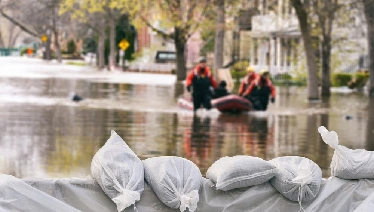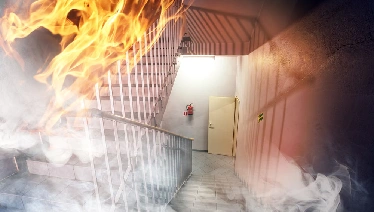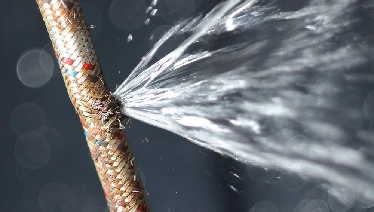Property owners bear a significant responsibility when it comes to recognizing and resolving mold issues to avert potential health risks and legal consequences. It's crucial to remain vigilant about common indicators of mold exposure, such as respiratory problems, persistent coughs, and irritation of the throat, lungs, and eyes. Certain demographic groups, including individuals with asthma, allergies, underlying health conditions, young children, and the elderly, are especially vulnerable to health complications arising from mold exposure.
Numerous factors contribute to the growth of mold, including elevated moisture levels, instances of flooding, plumbing problems, breakdowns in HVAC systems, roof and window leaks, inadequate ventilation, and the age of the property's construction. Additionally, construction materials like particleboard, drywall, and plywood are particularly prone to mold development. Recognizing these signs and risk factors empowers property owners to proactively address mold-related concerns.
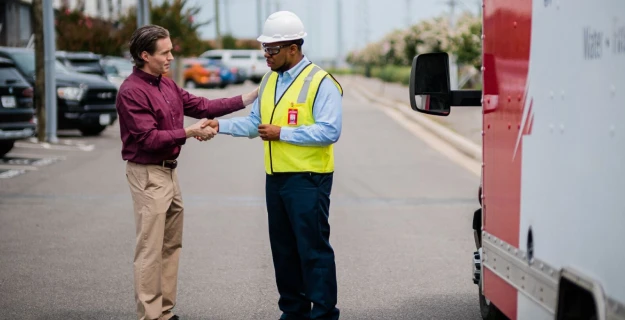
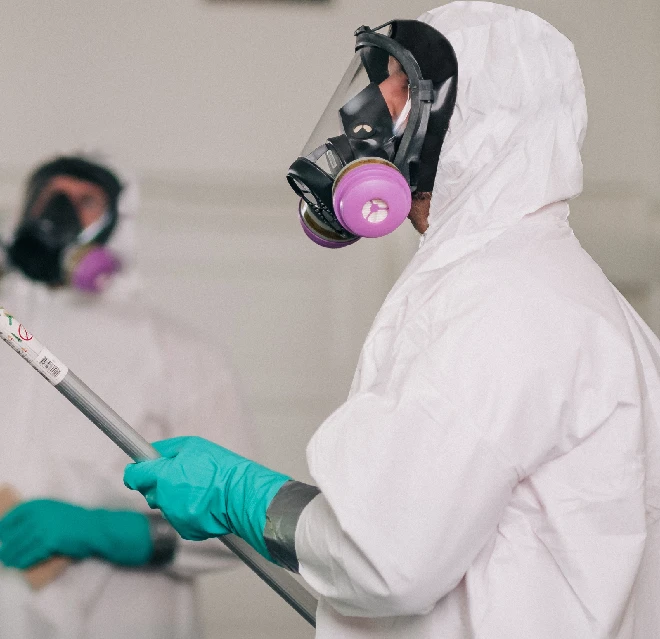
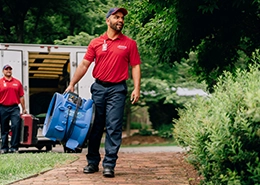
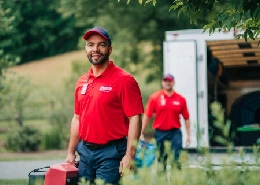
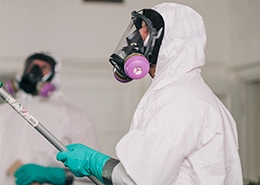

.webp)
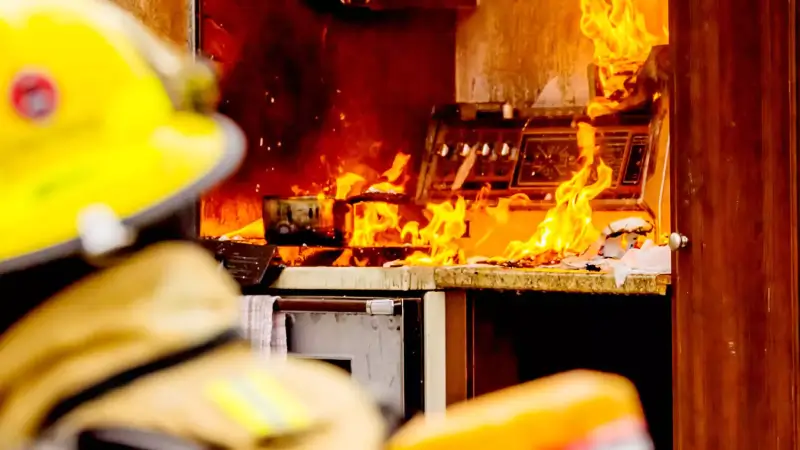
.webp)
